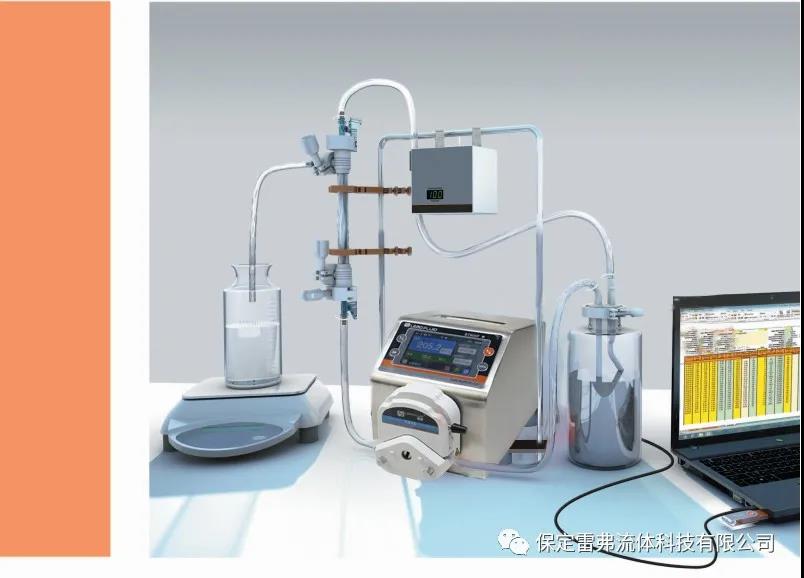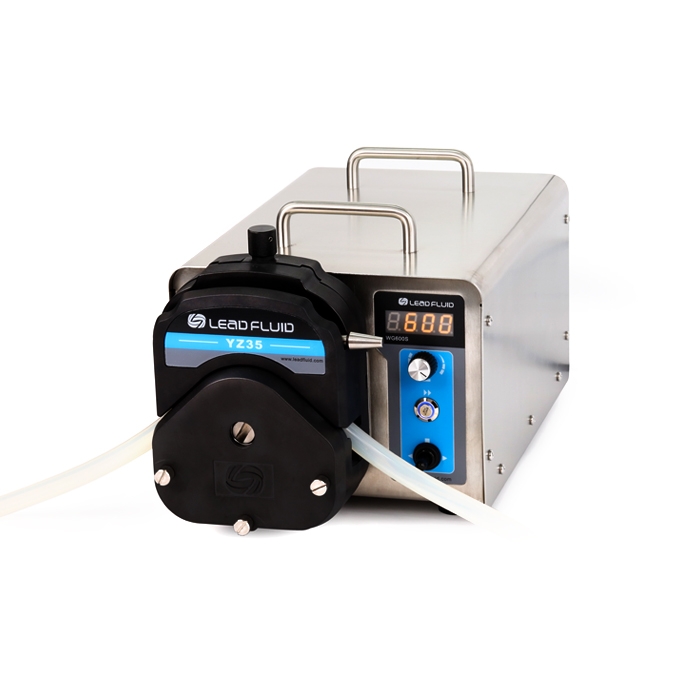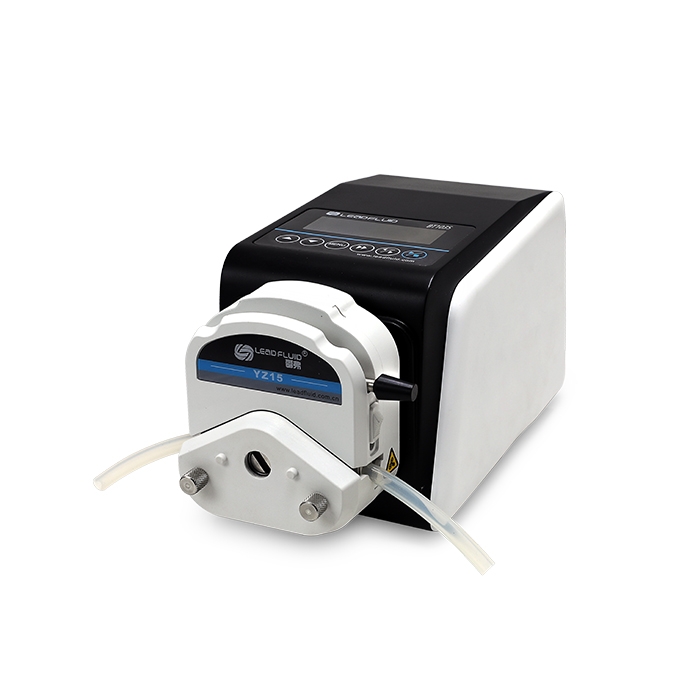What is protein purification and why peristaltic pump can use in protein purification?
Protein purification is widely used in biochemical research applications. It is necessary to use the similarity between various proteins to remove the pollution of non-protein substances, and to use the difference of each protein to purify the target protein from other proteins. It is roughly divided into the rough separation stage and There are two stages in the refinement stage.
A typical eukaryotic cell can contain thousands of different proteins, some are very abundant, and some contain only a few copies. To study a certain protein, the protein must first be purified from other proteins and non-protein molecules. The most important properties used to separate proteins are size, charge, hydrophobicity, and affinity for other molecules. A combination of multiple methods is usually used to achieve complete protein purification.
What are the methods of protein purification?
The main methods of protein separation and purification include
1. Different separation methods according to molecular size: dialysis and ultrafiltration (using protein molecules that cannot pass through semi-permeable membranes), density gradient centrifugation (the particles with larger mass and density settle faster when the protein is centrifuged in the medium); Filtration (a type of column chromatography).
2. Separation by solubility difference: isoelectric point precipitation method) because the net charge of protein molecules at the isoelectric point is zero, which reduces the intermolecular electrostatic repulsion, it is easy to aggregate and precipitate, and the solubility is the smallest at this time); salt dissolution and salting-out (Using a certain concentration of salt solution to increase or decrease the solubility of protein).
3. Separation methods based on different charges, mainly including electrophoresis and ion-exchange chromatography.
4. Selective adsorption and separation of the protein (use the difference in particle adsorption capacity to achieve separation)
5. Separation based on the characteristics of ligands-affinity chromatography (using the biological property that protein molecules and another molecule called ligands can bind specifically but not covalently).
The application of Lead Fluid peristaltic pump in protein purification.
At present, it is mainly used in the pre-processing stage of laboratory samples to provide continuous and stable liquid and positive pressure for small-scale filtration/purification devices in small-scale and pilot-scale research and development to accurately control liquid volume and speed
Common devices such as:
- Disc or capsule filter 2. Tangential flow ultrafiltration system 3. Chromatography column 4. Protein purification column 5. Solid phase extraction cartridge, etc.
Recommended reference model
WG600S: flow range 400-13000ml/min, Matching 200~300mm disc filter
BT600S or BT600L, flow range 0.006~2900ml/min, Supporting Millipore/Pall Tangential Flow Ultrafiltration System
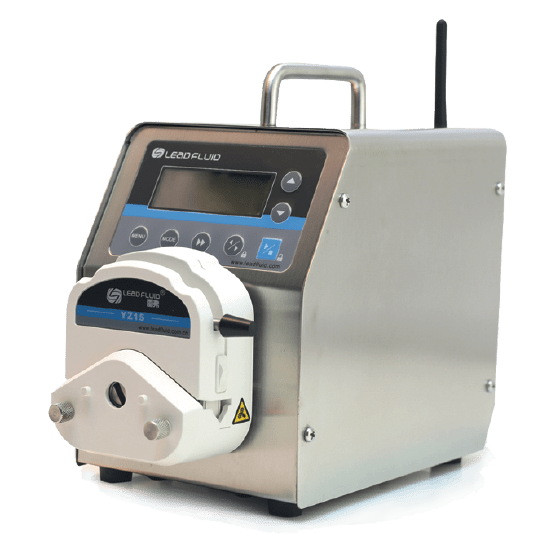 |
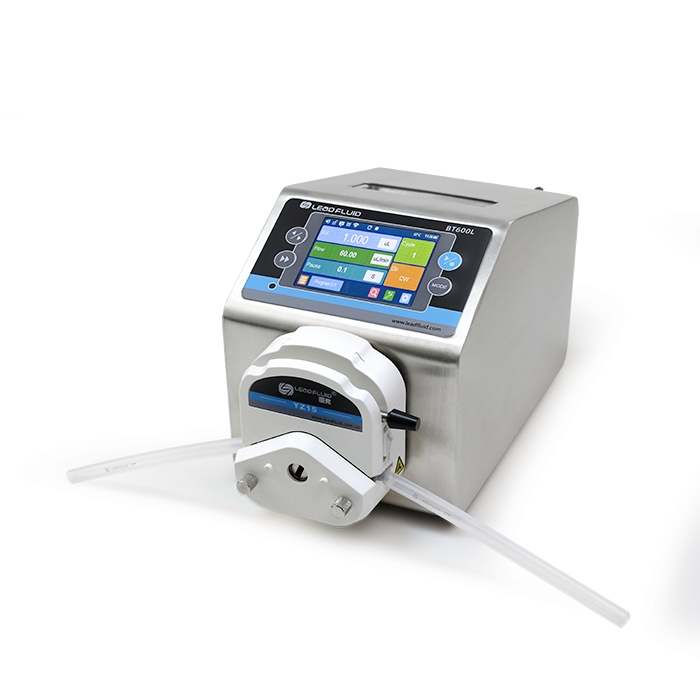 |
BT103S, flow range 0.006~380ml/min, Supporting chromatography column/protein purification column, etc.
As a manufacturer with more than 20 years of research and development, production technology and experience, Lead Fluid maintains close contact with many scientists, researchers and laboratory technicians to ensure that it provides customers with complete, reliable and reasonable solutions. Regardless of whether it is in the private industry, colleges or universities or project sites, although the requirements are different, Lead Fluid can provide unique and cost-effective solutions to meet the needs of various industries and ensure safety-related requirements
